Raised Bed Vegetable Gardening for Beginners
Introduction
Raised bed vegetable gardening is an excellent way to cultivate vegetables, especially for beginners. This method of gardening offers numerous benefits, including improved soil quality, better drainage, and easier access to plants. Raised beds can be built to any height, making them accessible for individuals with physical limitations. This article will guide you through the essentials of raised bed vegetable gardening, from planning and building to planting and maintaining your garden.
Benefits of Raised Bed Gardening
Improved Soil Quality
One of the primary advantages of raised bed gardening is the ability to control the soil quality. Gardeners can fill raised beds with a customized mix of soil, compost, and organic matter, creating an ideal environment for plant growth. This is particularly beneficial in areas with poor or contaminated soil.
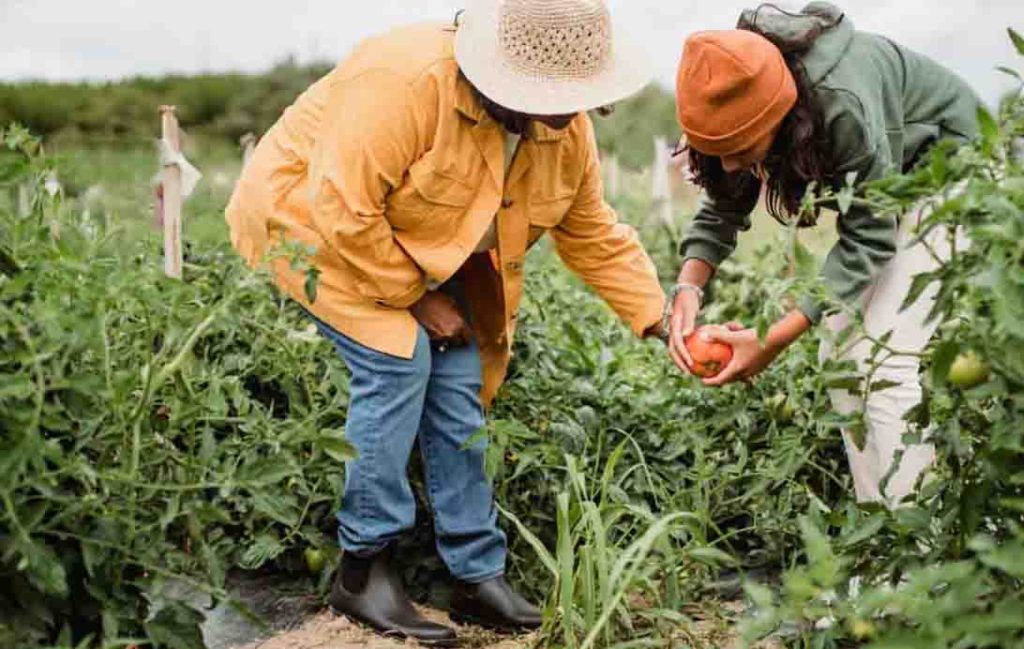
Better Drainage
Raised beds promote better drainage compared to traditional in-ground gardens. This is especially important in areas with heavy rainfall or clay soils. Good drainage prevents waterlogging, which can lead to root rot and other plant diseases.
Easier Access
Raised beds can be built at a height that reduces the need for bending and kneeling, making gardening more accessible for people with physical limitations. This feature also makes tasks like weeding, planting, and harvesting more comfortable.
Extended Growing Season
The soil in raised beds warms up faster in the spring compared to in-ground soil, allowing for an earlier start to the growing season. Additionally, raised beds can be covered with row covers or hoop houses to extend the growing season into the fall and winter.
Planning Your Raised Bed Garden
Choosing a Location
Select a location that receives at least six to eight hours of direct sunlight per day. Most vegetables require full sun to thrive. Ensure the site has good drainage and is free from tree roots and other obstructions.
Size and Shape
The size and shape of your raised beds will depend on the available space and your gardening needs. A common size is 4 feet wide by 8 feet long. This width allows easy access to the center of the bed from both sides without stepping on the soil. The length can be adjusted based on available space and personal preference. The height of the bed can range from 6 inches to 2 feet, with 12 to 18 inches being a popular choice.
Materials
Raised beds can be constructed from a variety of materials, including wood, concrete blocks, bricks, and recycled materials. Cedar and redwood are popular choices for wood due to their natural resistance to decay. Avoid using treated lumber, as it may contain chemicals that can leach into the soil.
Building Your Raised Bed
Tools and Materials Needed
- Measuring tape
- Saw (if cutting wood)
- Drill and screws (or hammer and nails)
- Level
- Shovel
- Landscape fabric (optional)
- Soil and compost
Step-by-Step Instructions
- Measure and Mark: Measure and mark the dimensions of your raised bed on the ground using stakes and string.
- Cut Materials: Cut the wood or other materials to the desired lengths.
- Assemble the Frame: Assemble the frame by attaching the corners with screws or nails. Use a level to ensure the frame is even.
- Prepare the Ground: Remove any grass or weeds from the area where the bed will be placed. You can also lay landscape fabric to prevent weeds from growing through the soil.
- Place the Frame: Position the frame in the desired location and ensure it is level.
- Fill with Soil: Fill the bed with a mixture of topsoil, compost, and organic matter. A common ratio is 60% topsoil, 30% compost, and 10% organic matter.
Selecting and Planting Vegetables
Choosing Vegetables
For beginners, it’s best to start with easy-to-grow vegetables. Some popular choices include:
- Leafy Greens: Lettuce, spinach, and kale are quick to grow and can be harvested multiple times.
- Root Vegetables: Carrots, radishes, and beets thrive in loose, well-drained soil.
- Tomatoes: A favorite in many gardens, tomatoes require support but are relatively easy to grow.
- Peppers: Both sweet and hot peppers do well in raised beds.
- Herbs: Basil, parsley, and cilantro are great for adding flavor to your dishes and are easy to grow.
Planting Tips
- Read Seed Packets: Follow the instructions on seed packets for planting depth, spacing, and timing.
- Succession Planting: To maximize your harvest, practice succession planting. This involves planting new crops as soon as old ones are harvested.
- Companion Planting: Some plants grow better together. For example, tomatoes and basil are known to be good companions.
- Watering: Water newly planted seeds and seedlings regularly. Once established, most vegetables need about 1 inch of water per week.
Maintaining Your Raised Bed Garden
Watering
Consistent watering is crucial for a healthy garden. Raised beds tend to dry out faster than in-ground gardens, so monitor soil moisture regularly. Water deeply and less frequently to encourage deep root growth. Early morning is the best time to water, as it reduces evaporation and allows plants to absorb moisture before the heat of the day.
Mulching
Mulch helps retain soil moisture, suppress weeds, and regulate soil temperature. Organic mulches, such as straw, grass clippings, or shredded leaves, are excellent choices for vegetable gardens. Apply a 2-3 inch layer of mulch around plants, being careful not to cover the stems.
Fertilizing
Vegetables are heavy feeders and benefit from regular fertilization. Organic options, such as compost, worm castings, and fish emulsion, provide essential nutrients without the risk of chemical buildup. Follow the recommended application rates for the specific fertilizer you choose.
Pest and Disease Control
Regularly inspect your garden for signs of pests and diseases. Common pests include aphids, caterpillars, and slugs. Handpicking, using insecticidal soap, and introducing beneficial insects are effective organic methods for pest control. Crop rotation, proper spacing, and good air circulation can help prevent diseases.
Harvesting and Enjoying Your Produce
When to Harvest
Harvesting times vary depending on the vegetable. Leafy greens can be harvested as soon as they reach a usable size. Root vegetables are ready when their tops reach a certain size or when they push out of the soil. Tomatoes and peppers should be picked when they are fully ripe and have developed their full color.
Harvesting Tips
- Use Sharp Tools: Use clean, sharp scissors or pruners to harvest vegetables to avoid damaging plants.
- Harvest Regularly: Regular harvesting encourages continuous production. For example, picking beans and peas frequently stimulates more pods to develop.
- Handle with Care: Handle produce gently to avoid bruising or damaging it.
Troubleshooting Common Issues
Soil Compaction
Over time, soil in raised beds can become compacted. To prevent this, avoid walking on the soil and use a garden fork to loosen it periodically. Adding organic matter annually helps maintain good soil structure.
Nutrient Deficiencies
Yellowing leaves, stunted growth, and poor yields can indicate nutrient deficiencies. Conduct a soil test to determine nutrient levels and amend the soil accordingly. Adding compost or organic fertilizers can correct most deficiencies.
Weeds
Weeds can compete with vegetables for nutrients and water. Mulching and hand weeding are effective methods for controlling weeds. Pull weeds when they are small to prevent them from establishing deep roots.
Pests
Common garden pests include aphids, slugs, and caterpillars. Monitor your garden regularly and take action at the first sign of pests. Organic methods such as handpicking, using insecticidal soap, and introducing beneficial insects can help manage pest populations.
Seasonal Tips
Spring
- Prepare Beds: Clean and prepare raised beds for planting by removing debris and adding fresh compost.
- Plant Cool-Season Crops: Start planting cool-season crops like lettuce, spinach, and peas as soon as the soil can be worked.
- Protect Seedlings: Use row covers or cloches to protect young seedlings from late frosts and pests.
Summer
- Water Consistently: Maintain consistent watering, especially during hot and dry periods.
- Mulch: Apply mulch to conserve soil moisture and suppress weeds.
- Monitor Pests: Keep an eye out for pests and diseases, and address issues promptly.
Fall
- Harvest Remaining Crops: Harvest the remaining summer crops and prepare for fall planting.
- Plant Cool-Season Crops: Plant cool-season crops like kale, broccoli, and carrots for a fall harvest.
- Clean Up: Remove spent plants and add compost to the beds.
Winter
- Protect Beds: Cover beds with mulch or row covers to protect the soil from erosion and suppress weeds.
- Plan for Next Season: Take time to plan for the next growing season, order seeds, and make any necessary repairs to raised beds.
Conclusion
Raised bed vegetable gardening offers numerous benefits, especially for beginners. By following the steps outlined in this article, you can create a productive and enjoyable garden. With careful planning, proper maintenance, and a little patience, you’ll soon be harvesting fresh, homegrown vegetables. Happy gardening!


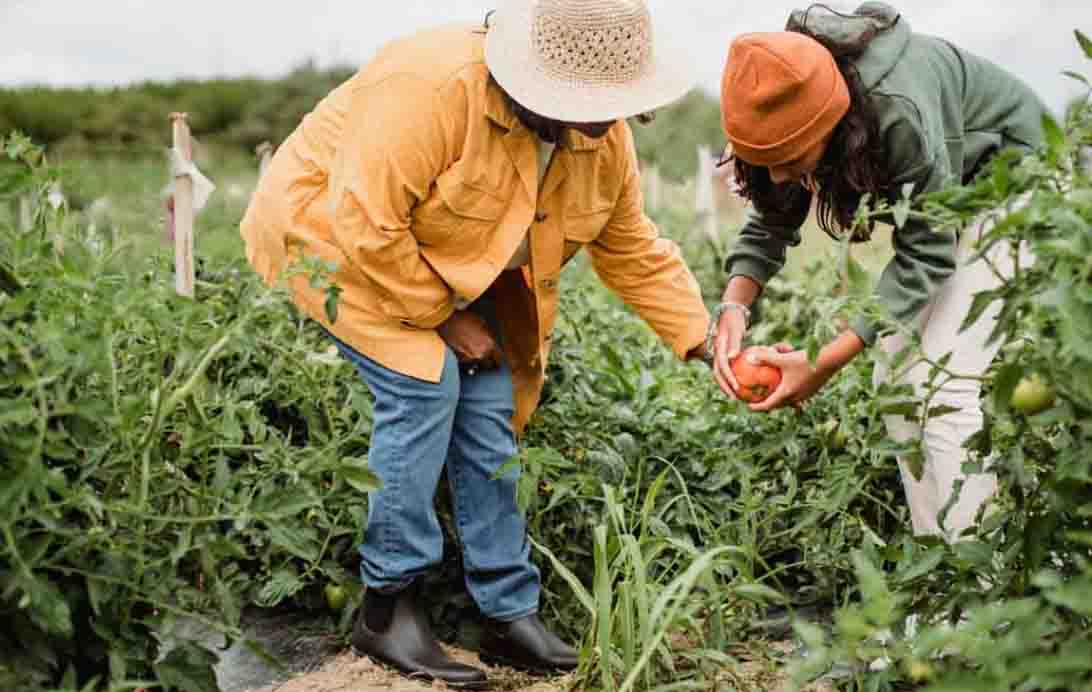

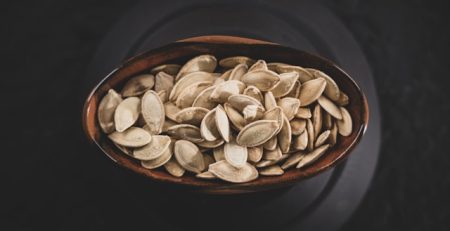



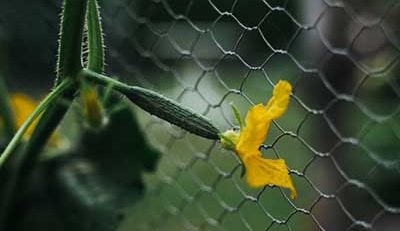

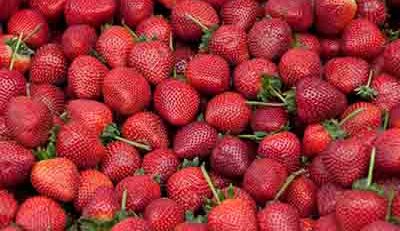


Leave a Reply